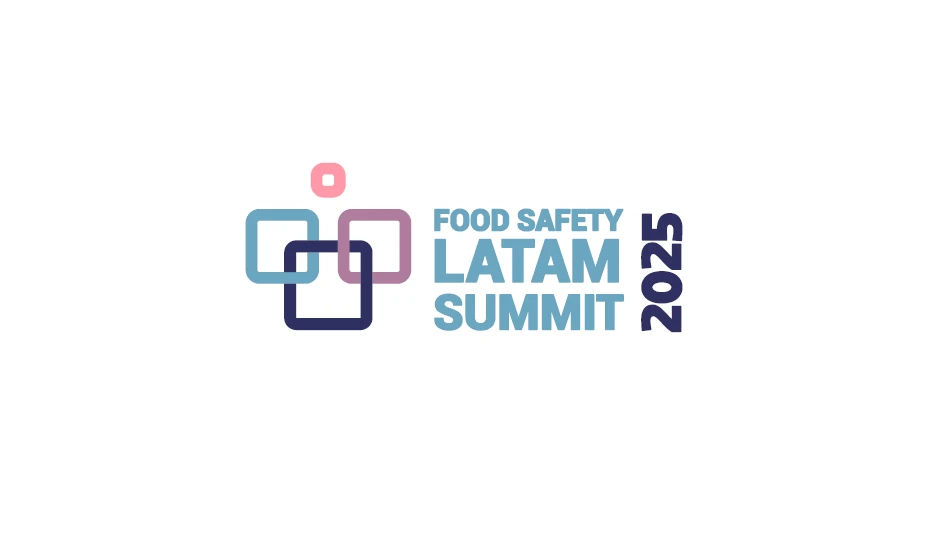At the start each new year, it’s interesting to look back at the happenings of the previous year and what we expect them to mean as we move forward. It is particularly relevant in 2020 as we depart a decade of FSMA introduction and initial implementation and enter a decade of FDA’s “New Era of Smarter Food Safety.” What can we see by looking at the end of the 20-teens and the start of the 2020s? I took a look back at the top trends and predictions from the TAG team for 2019 and 2020 to develop the following Top Five Trends and expectations for the ’20s.
- PRODUCE SAFETY. With the extensive recalls and outbreaks of the last couple years, consumers have lost confidence in produce. Our 2019 expectation of expanded focus and development of produce safety programs, interventions, and technologies was somewhat fulfilled, but, as we all know, romaine lettuce recalls and outbreaks continue. Unfortunately, we have to say we expect these to continue until the industry and federal regulatory agencies address the underlying hazards of co-locating large animal agricultural operations and RTE produce in the same areas. But we do anticipate some industry movement in 2020 to take a fresh look at this problem and a different approach to addressing the issues. What is being done now is not working. While there has been some focus on traceability of produce, that is a reactive practice; so unless and until co-location, the still-pending Produce Safety Rule water testing requirements, and other preventive measures are addressed, produce will continue to be treated as a reactive commodity.
- TRACEABILITY. In the beginning of 2019, we said that we expect to see the use of blockchain technology be increasingly used to improve food traceability. This has proven both true and false. While there certainly has been much discussion about blockchain, its use for end-to-end traceability has not made a lot of headway. However, the FDA appointment of former Walmart Food Safety Vice President Frank Yiannas has increased the agency’s focus on all things digital — from blockchain to IoT to AI — and we see this as continuing. Technology-enabled traceability is a key component of FDA’s “New Era” and with the 2019 consumer-groups’ lawsuit on the agency’s lack of publication of the FSMA-required high-risk foods list, we can expect to see that come out along with traceability recordkeeping requirements for those foods. But these are still likely be too general to require meaningful changes, even in the produce industry.
- “CLEAN” FOODS/MEAT. The very definition of food and its nomenclature has taken some significant turns in recent years, and we expect those to continue, potentially without much clarification. We’ve been dealing with the meanings of “natural,” “GMO-free,” and even “healthy” for quite a while, now technologies are requiring us to take new looks at old words such as “meat” and “milk.” Plant-based and cell-cultured “meats” have become common and led to the trend to mix meats and plant-based materials for burgers and other similar products. Are these meat? Should the terminology be allowed? Which is governed by USDA, which by FDA, which jointly, and how does it all work? Innovation always carries with it new challenges and today’s “meat” and “clean foods” are no exception. Thus, we expect consumer vigilance to continue and, potentially, lead to further litigation around these words and their claims.
- EDIBLES. CBD, THC, Hemp. The laws have been evolving state by state, but the federal government continues to lag behind, particularly related to edibles. The Farm Bill of 2018 removed hemp from the controlled substances list; CBD products are pervasive across the nation; and cannabis edibles, topicals, and extracts officially became legal in Canada in October 2019. But the Farm Bill “explicitly preserved” FDA’s authorities over cannabis products; FDA has made it clear that CBD substances are not GRAS, so it is federally illegal to add CBD to food or market it as a dietary supplement; and the agency seems in no hurry to follow Canada’s example. On the other hand, FDA is working to create a regulatory framework, but there is limited scientific information available, so we’d expect the agency to continue to prohibit the use of CBD, THC, and other cannabinoids unless Congress mandates that they be allowable in foods and dietary supplements.
- FOOD DEFENSE PLANS. While July 2019 saw the first compliance date for the Intentional Adulteration (IA) Rule for larger facilities, FDA announced that it would not begin inspecting food facilities until March 2020. Although the agency plans to “educate while we regulate,” facilities relying on pre-existing or GFSI food defense plans need to take the time to ensure they align with the modernized approach required by the rule, consulting FDA guidance documents, FSPCA training, the Food Defense Plan Builder, and getting assistance from experienced professionals as needed. We do have some expectation that FDA’s planned “Quick-Check” questions will result in more non-compliance than may be expected, and will reveal a lack of training for the writing of the food defense vulnerability assessment.
From its outset, 2020 is looking to be another year of continued evolution along with new innovation across the food industry and its regulatory agencies. I expect it to be an interesting year!

Explore the January February 2020 Issue
Check out more from this issue and find your next story to read.
Latest from Quality Assurance & Food Safety
- FDA Foods Coalition Urges RFK Not to Cut More Resources, Staff
- Bird Flu: What FSQA Professionals Need to Know
- Registration Open for 129th AFDO Annual Educational Conference
- Frank Yiannas, Aquatiq Partner to Expand Global Reach of Food Safety Culture
- World Food Safety Day 2025 Theme: Science in Action
- Ancera Launches Poultry Analytics System
- USDA Terminates Two Longstanding Food Safety Advisory Committees
- Catalyst Food Leaders Announces Virtual Leadership Summit for People in Food





